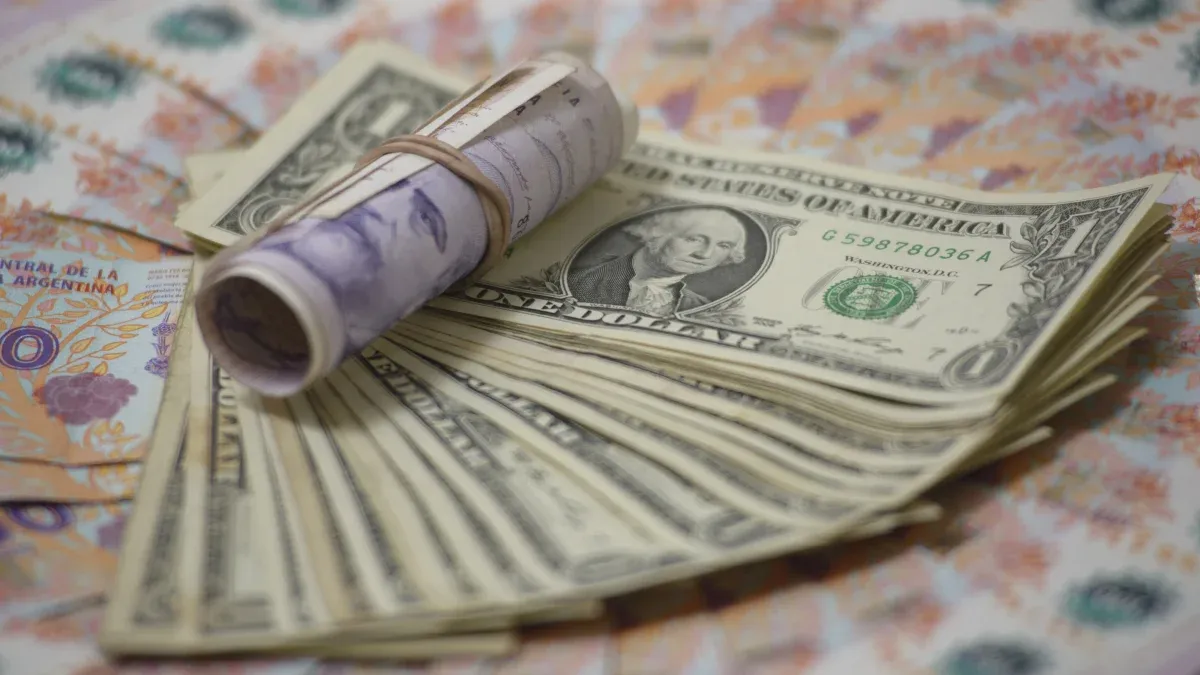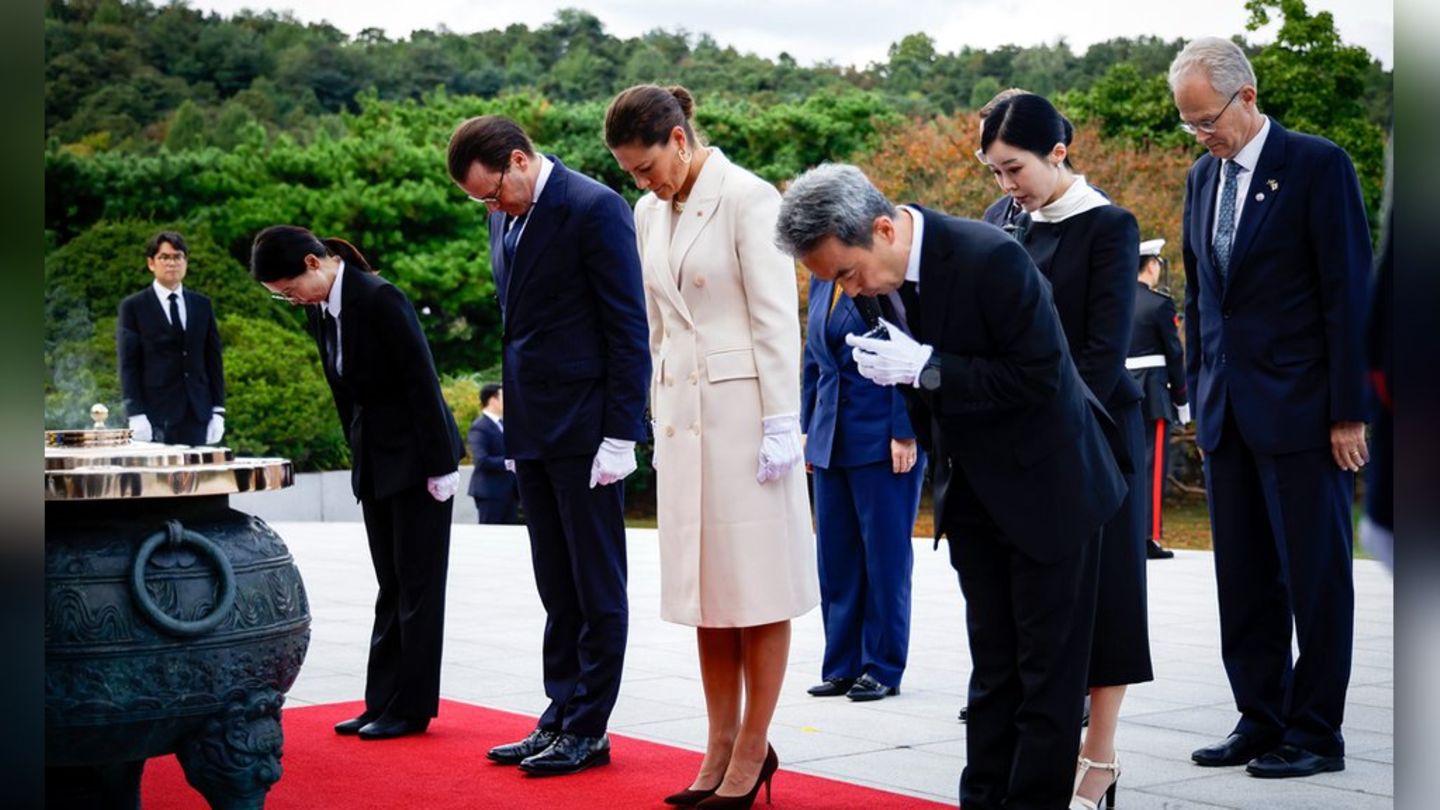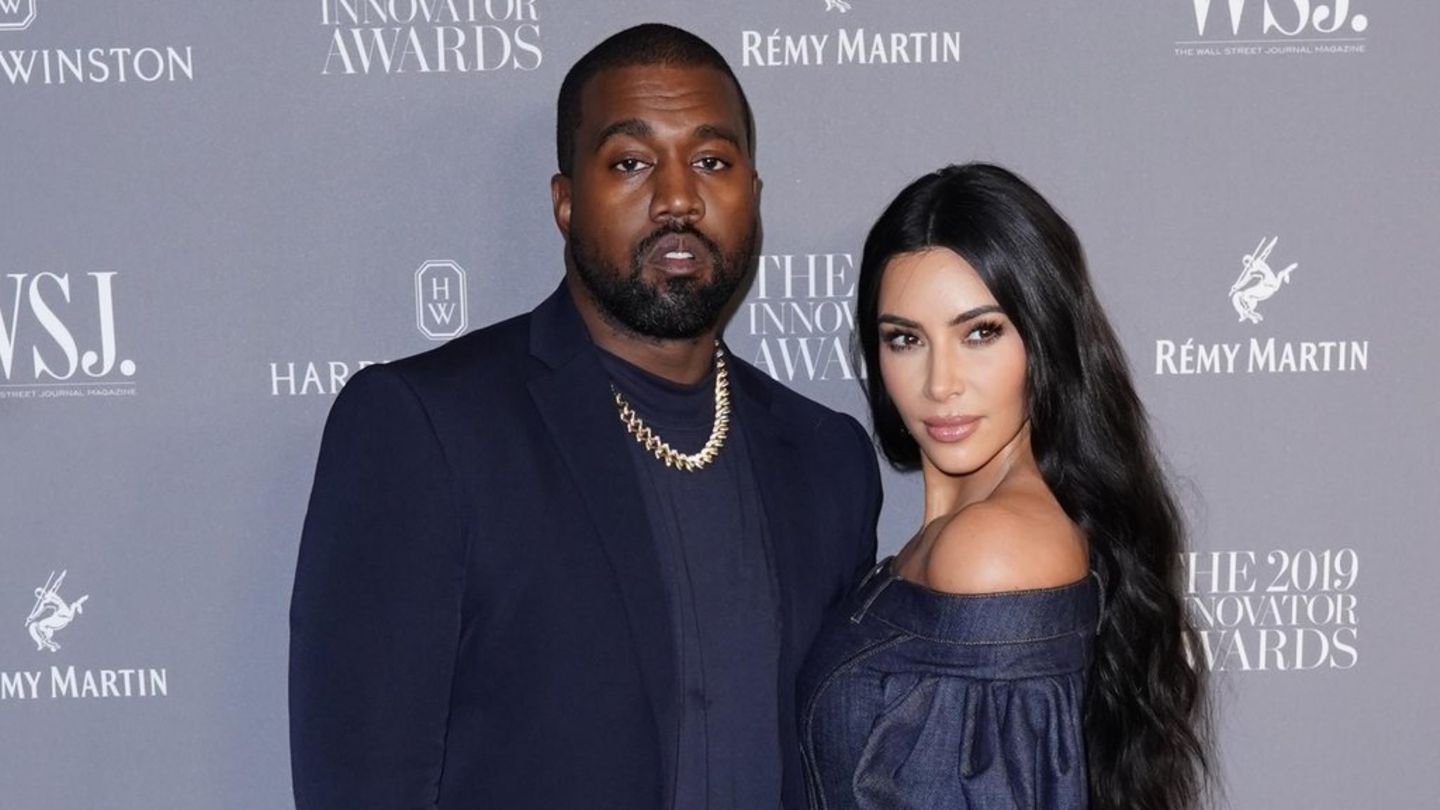The appreciation of the peso is here to stay and despite the fact that the exchange rate may look behindthe market does not see a new devaluation in the pipeline. However, for the ““crawling peg” is reduced to 1% monthly, November inflation would have to show a deceleration again; something that private measurements already discount. In this framework, the Government plan appears solid but needs the indices to continue responding as they have until now.
Superweight vs. devaluation: is there exchange appreciation for a while?
From a previous report they warn that The peso was only so appreciated four times in the last 30 years but they warn that a devaluation may not happen because there are at least three legs on which the Government relies (surplus, money laundering and Vaca Muerta), however the risks are clear.
It is so that since the consultant 1816 in a text that travels around the city titled: Strong weight for a while? They thought about what problems the macroeconomy could have if the peso continues strong in the long term. So they determined three central problems:
- If the international context becomes complicated or there is a political scare, they warn that the potential for the peso to fall could be very large and The BCRA does not have net reserves to face a fall in peso demandor (reserves continue in negative territory).
- To this CCL, stocks of pesos measured at the financial exchange rateor (which in Jan-24 did not reach US$50,000 million) They already exceed US$100,000 millionif we take private M3 + Treasury securities in non-bank private hands.
- At this exchange rate there are uncompetitive sectors (tourism, regional economies, some industries, etc.) that, if “the status quo persists, could destroy employment without the guarantee that other more dynamic sectors can hire said workers.”
In the last 30 years, according to the consulting firm 1816, there were at least 4 occasions in which the real exchange rate reached current levels: in the last years of the Convertibilityat the end of Cristina Fernández de Kirchner’s second term, with Mauricio Macri in 2017, and the last months of Alberto Fernández. “Each of these episodes was followed by large devaluations of the official exchange rate”they warned.
Despite this historical fact, they are betting that perhaps this time it will be different. “The thing is the combination of a country with a fiscal surplus (something that was not present in any of the 4 mentioned opportunities; as we show on the next page, we have already had 10 consecutive months of primary surplus), Vaca Muerta potential on the horizon (which will soon generate exports of more than US$15,000 million a year) and the whitewashing as a bridge in 2025 (providing foreign currency in the short term to cover debt maturities) forces us to take seriously the possibility that the appreciated real exchange rate cycle could extend over time,” this consultancy explained.
“Crawling peg” at 1%: will the drop in the CPI be enough to reduce it?
The wholesale inflation In October it stood at 1.2%, a figure that adds to the good performance of the Consumer Price Index (CPI) last month, which slowed to 2.7%. In this way, The Government is getting closer to reducing the “crawling peg” from 2% to 1%, change that the president himself Javier Milei announced, in case Inflation will remain low in the next two months.
Despite this, the signs for November are mixed. Monthly metrics Orlando Ferreres show inflation a little higher than those measured Balance. Thus, on the one hand, in the end-to-end measurement of the last 30 days, the first recorded a 4% increase for the general level and 2.8% for the core. On the other hand, the variation between the last 4 weeks showed a price variation of 3.2% for the general level and 2.4% for the core.
For its part, Balance relief a general inflation of 2.4% and a core inflation of 2.6%when considering the variation of the last four weeks against the same immediately previous period. Looking ahead to November, Equilibra projects inflation of 2.6%, while Eco Go expects inflation of 3%in line with the projection of Facimex. In all the scenarios proposed, the CPI in November will be higher than that in October.
“In November, we hope that inflation register a little jumpgiven that seasonal products are pushing (partly due to holidays and vacations) and there is also an acceleration of regulated prices of around 5% as a result of adjustments to gasoline, gas, electricity and health, among others. Our measurement places the monthly variation for November at 3%“, they added from Eco Go.
For the consulting firm Labor Capital and Growth (LCG), it is important to clarify that the IPIM moves differently than CPIsince the first of them has a greater weighting of the tradable goodssusceptible to the exchange rate. That was why, for example, in December from 2023, Wholesale prices in Argentina skyrocketed by 54% compared to the previous month, given the increase in the official exchange rate of 118%. Now, with a peso that appreciates against the dollar, the trend is the opposite, a stronger decline is seen in these types of products.
“The exchange rate moving at 2% monthly, but with a gap and expectations adjusting downwards, explains the lower wholesale inflation. The Government’s promise to advance a reduction in the crawling peg to 1% could encourage more accelerated convergencebut The risks of generating greater tensions in the exchange market due to diminished reserves could mean a brake on this convergence.“, they added from LCG.
From this consultancy, they also explained that the decrease in the IPIM was due to an opening of imports via reduction of tariffs and tariff barriers which, added to the reduction of the PAIS tax, had its correlation in wholesale prices. But they warn: “It will remain to be seen the effect of a reduction in ‘crawling’ and possible tensions that may arise from the exchange rate delay accumulated so far.and as in the retail case, analyze How price makers react to a stronger recovery in demand“.
Source: Ambito
I am a 24-year-old writer and journalist who has been working in the news industry for the past two years. I write primarily about market news, so if you’re looking for insights into what’s going on in the stock market or economic indicators, you’ve come to the right place. I also dabble in writing articles on lifestyle trends and pop culture news.




